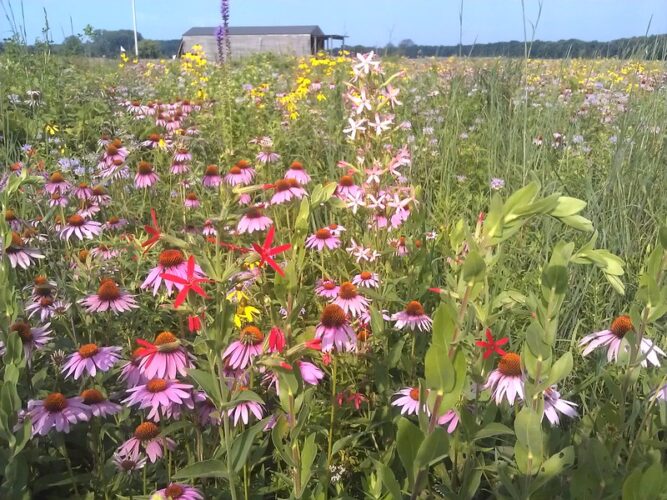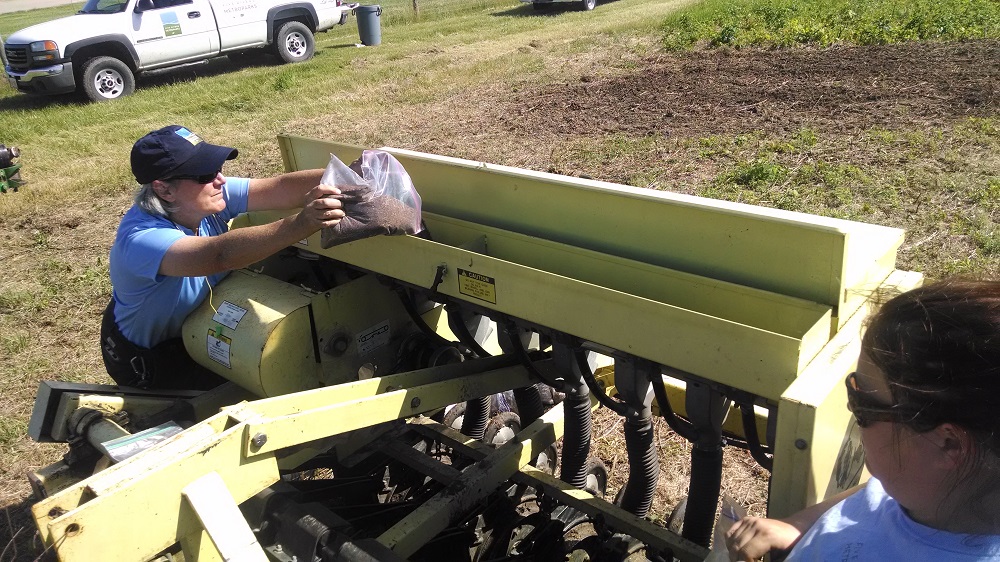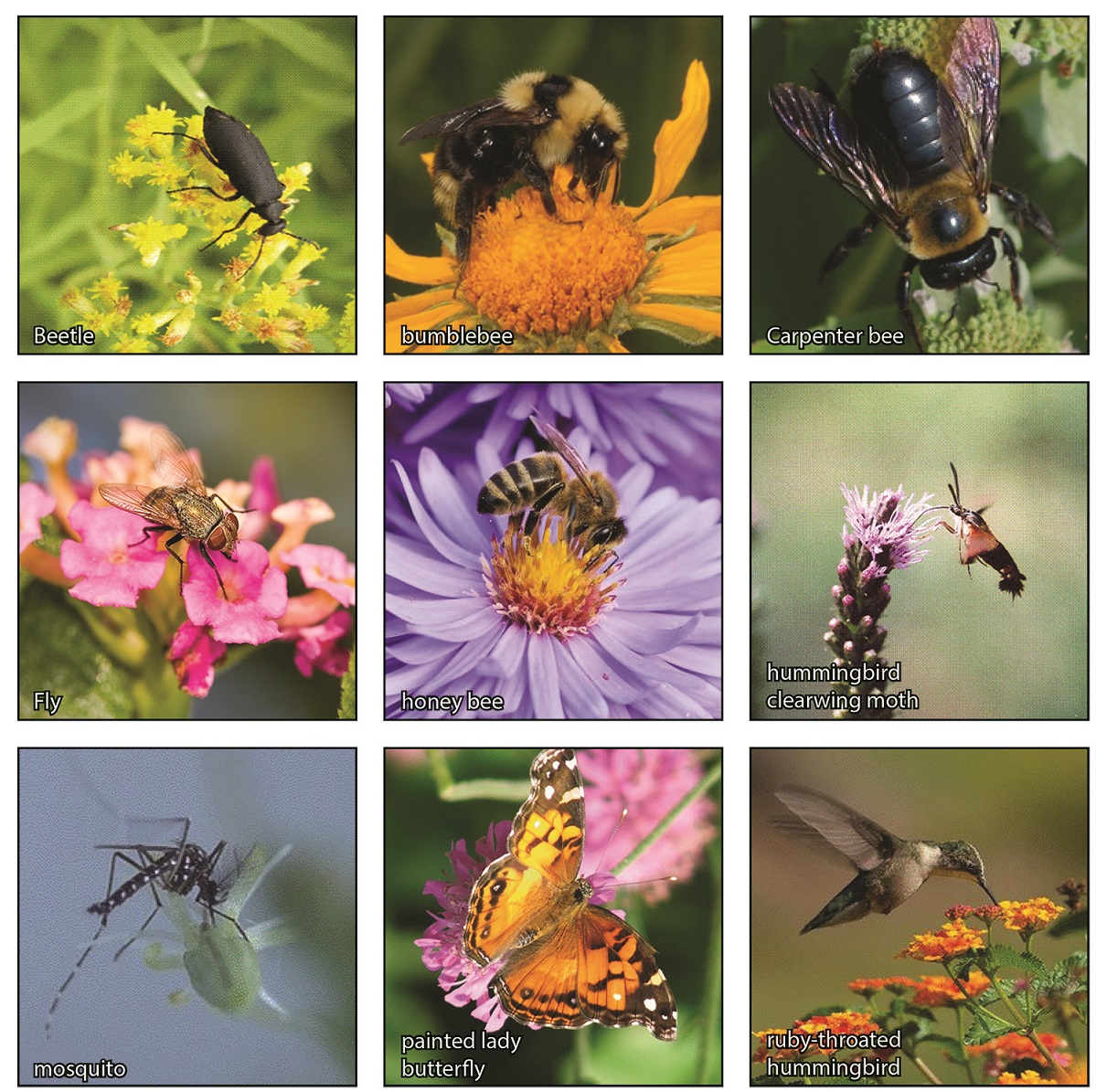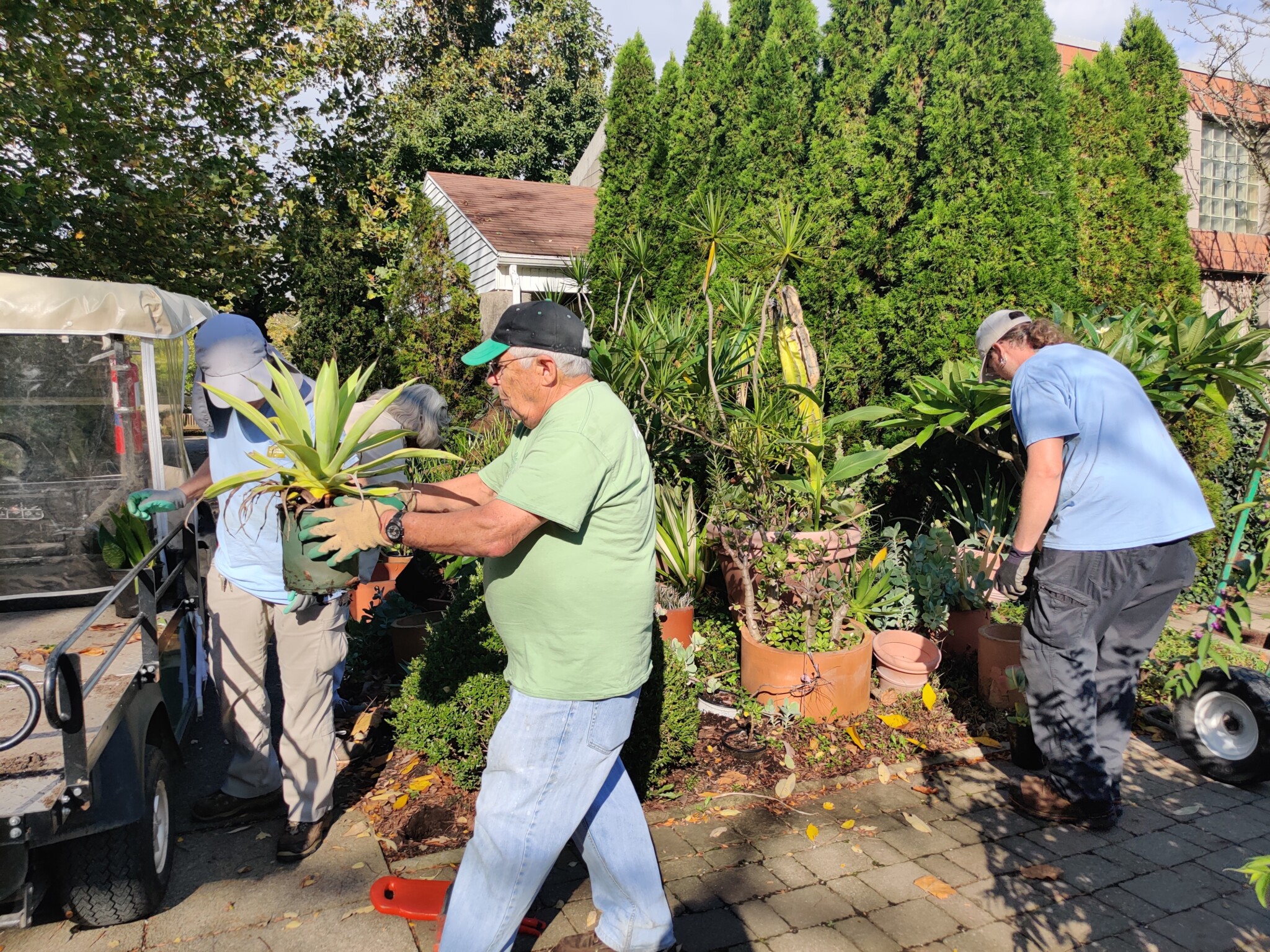Published June 10, 2020
Prairie power
Heads up! This article was published 4 years ago.

Protecting nearly 16,000 acres of land, Five Rivers MetroParks is home to an array of diverse habitats that are crucial to the local environment. One such habitat — prairies — are complex ecosystems that contain specific plant and animal communities that are interdependent upon each other.
In prairies, the most easy-to-recognize relationship between flora and fauna is pollination. Prairies are full of wildflowers that require pollination by an organism known as a pollinator to produce seeds. These flowers also produce nectar, which is consumed by pollinators to provide them with energy and nourishment.
Butterflies have specific plants, know has “host plants,” on which they lay their eggs because caterpillars will only eat those specific leaves. The most well-known example is the monarch butterfly and its host plant, milkweed. Milkweed is the only plant that monarch caterpillars will eat, as the milky sap is what gives them the toxicity they need to keep predators, such as birds, from eating them.
Wildflowers have evolved specific petal arrangements and colorations that are most appealing to insects best suited to access their nectar. For example, great blue lobelia flowers have large, open petals that act as a landing pad for bees, butterflies and beetles. Since pollinators are attracted to certain colors, the lobelia’s blue petals are most appealing to bees.
Did you know?: Prairies are great for the environment. They increase native plants and ecological diversity, creating a welcoming home for local flora and fauna. The tall grasses, plants and rich soil also help reduce erosion.Prairies are also crucial to pollinators, who help keep stores stocked with food. In fact, one in every three bites of human food is either directly or indirectly the result of a pollinator.
Where to go:
Prairies were once common in Ohio but have been lost to development through the years. However, Five Rivers MetroParks has restored numerous prairies, often with volunteers and area partners. MetroParks now manages 800 acres as prairie habitat where you can see amazing relationships between plants and pollinators.
A must-visit local prairie, the Huffman Prairie State Natural Landmark, is one of the largest prairie remnants in Ohio. Home to several rare plants, birds and insects, it’s also adjacent to the field where the Wright brothers once tested their planes. Visiting this hidden gem allows you to connect with the outdoors and takes you on an educational adventure while learning about our region’s natural and cultural history.
You also can visit prairies in a variety of MetroParks and conservation areas, including:
- Aullwood Garden MetroPark
- Carriage Hill MetroPark
- Cox Arboretum MetroPark
- Eastwood MetroPark
- Germantown Metropark
- Taylorsville MetroPark
- Twin Creek MetroPark
- Possum Creek MetroPark
- Sugarcreek MetroPark
- Wegerzyn Gardens MetroPark
- Medlar Conservation Area
Make your back yard pollinator friendly: Planting a variety of trees, shrubs, perennials and annuals will invite pollinators to your yard. Such plants as purple cone flower and milkweed add a pretty pop of color to your yard and help attract bees, butterflies and maybe even hummingbirds. Learn more about planting native plants here.
Always follow the CDC’s recommendations, such as social distancing, when spending time outdoors. For more information and to learn how you can safely use area parks and trails, visit metroparks.org/COVID-19. Stay up-to-date on alerts, closures and ways to get outside by following MetroParks on Facebook, Instagram and Twitter.





